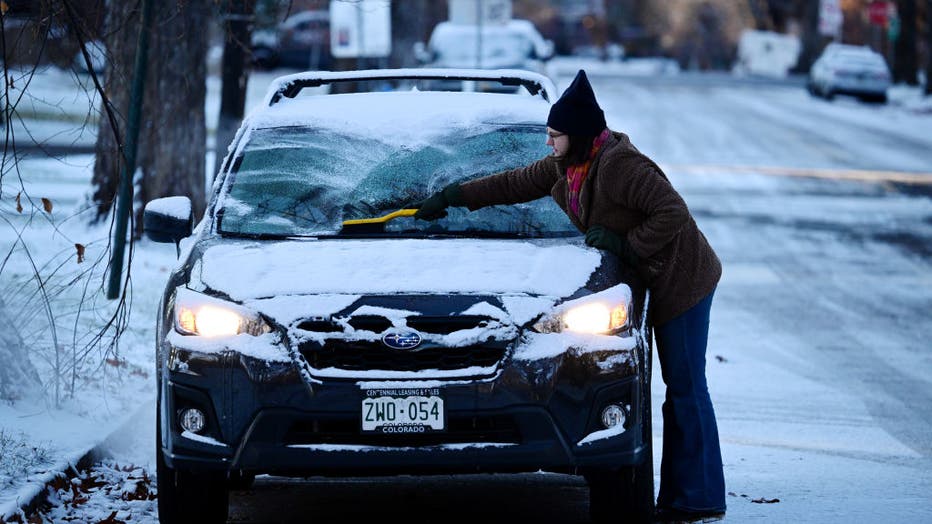See what the Christmas season forecast has in store for the US
The coldest start to December in decades across the U.S. has many wondering if the wintry conditions will last through the holiday season and create a picture-perfect winter wonderland, but Mother Nature will have the ultimate final say.
During an average Christmas season, slightly more than a quarter of the country has snow on the ground, but whether temperatures are cold enough to allow for frozen precipitation depends on the larger patterns, which have become rather hit-and-miss during the last several years.
Sometimes the country can get lucky, and moisture can meet up with arctic air to produce a winter wonderland, such as what happened in 2009 when an estimated 63% was covered by snowfall but in 2023 only 17% saw measurable snow, making it one of the barest holidays on record.
Air mass patterns typically last from days to a few weeks, so expecting December to continue what the first week has already established is unrealistic as the country as a whole will likely experience several ups and downs before the holidays are here.
Holiday season forecast is complicated
With just over two weeks before the arrival of holidays such as Christmas, Hanukkah and Kwanzaa, the forecast is looking rather complicated with at least one, if not more, pattern changes before the end of December.
Climate models continue to advise that December will wind up overall warmer than average, meaning that the heat will be on during the second half of the month to make up for snowfall surpluses and temperature deficits accumulated during the month’s first days.
For most, computer models such as the European Centre for Medium-Range Weather Forecasts (ECMWF) and Global Forecast System (GFS) show the arrival of the heat in earnest during the second half of the week of Dec. 9.
The FOX Forecast Center says a stout ridge of high pressure is expected to establish itself along the eastern seaboard, allowing temperatures of 5-15 degrees above average to engulf most of the country.

FILE - A woman clears off snow covering her car in Colorado.
The warm temperatures will take some of the holiday crispness out of the air and lead to widespread snowmelt.
Most of the country’s 21.5% snow cover will simply evaporate as temperatures more reminiscent of October take over, but the big question that remains is how long will the warm weather last.
Will the warm-up extend into the week of December 23, or will a sharp frontal boundary cause temperatures to plummet to seasonal norms?
This is where longer-term tools related to the polar vortex and world oscillations come into play, providing forecasters with a sense of what to expect in the longer term.
First look at holiday forecast
The combination of a neutral or La Niña status for the ENSO, a lack of polar vortex disruption, an absence of widespread snow coverage and the general changing climate patterns all point to a Christmas that won’t vary much from the norms.
Currently, there are no glaring signs that cities which typically don’t experience a white Christmas will see one this year, with the best chances remaining for those that usually have frozen precipitation.
For instance, New York City’s last snowy Christmas was in 2009, a year that set a modern record for the snowiest holiday season and one that will not likely be repeated in 2024.
Residents in Minneapolis or even Buffalo, who annually have the best chances of snow, will likely be better suited to see frozen precipitation, unlike more southern cities like Charlotte or Atlanta.
Those looking to celebrate the holidays in shorts may want to head to Florida or the Southwest, where temperatures will not challenge record lows and may even have a better chance of reaching above-average rather than experiencing below-normal readings on Dec. 25.
For those interested in more specific holiday weather impacts, keep an eye on forecasts issued by the FOX Forecast Center during the week of Dec. 16, when a team of FOX meteorologists will be able to pinpoint who might receive precipitation and what temperatures will be like for Christmas and beyond.

